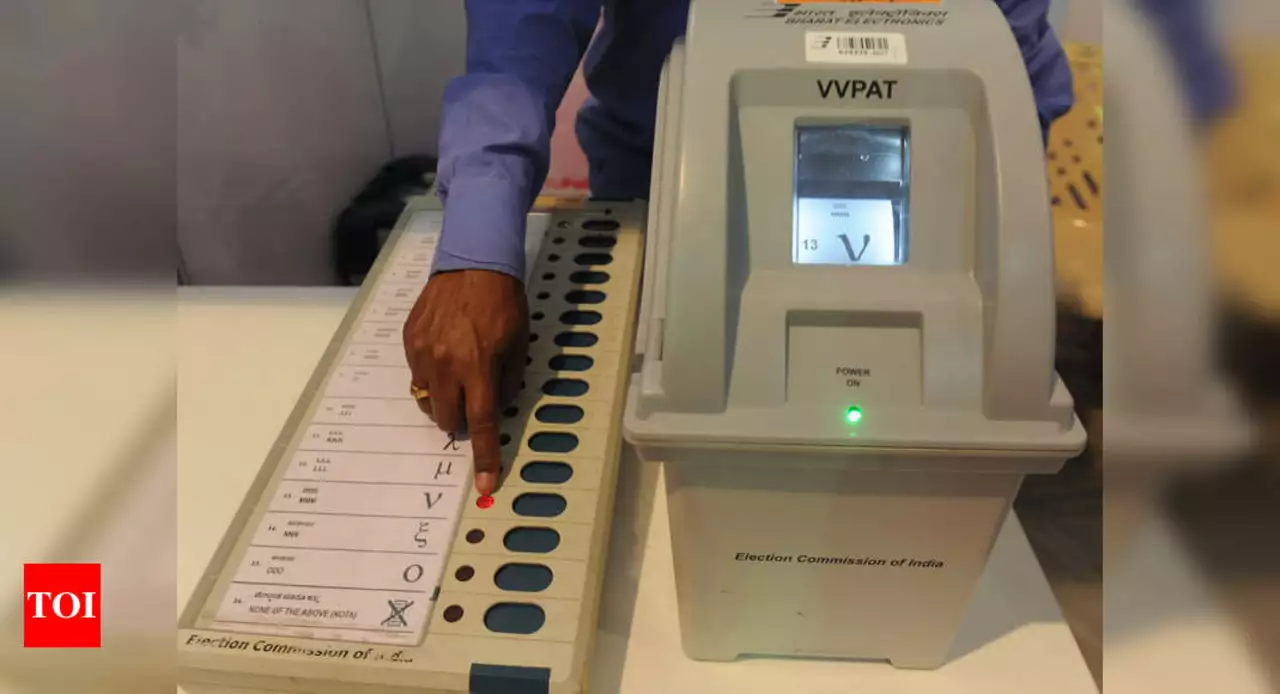EVMs in India — clear, practical facts you can use
EVMs decide who wins local and national elections. That makes them important — and a frequent topic of questions and controversy. If you want a quick, no-nonsense guide to what an EVM does, how VVPAT fits in, and what you as a voter should watch for, keep reading.
How an EVM works — simple
An Indian EVM has two main parts: the Ballot Unit (where you press the candidate button) and the Control Unit (held by the polling officer). When you press a candidate button on the Ballot Unit, a light comes on and a beep confirms your vote. The Control Unit records it digitally. These machines are standalone devices — they don’t connect to the internet or mobile networks during voting.
Most EVMs used now also pair with a VVPAT (Voter Verified Paper Audit Trail). VVPAT prints a slip showing your chosen candidate and shows it behind a glass for about seven seconds before dropping the slip into a sealed box. That gives you a paper record of the vote without exposing it to others.
Security checks and common concerns
Election officials run several checks before and during voting: mock polls, sealing of machines, randomization of machine deployment, and secure transport. VVPAT slips offer an audit trail — selected VVPATs can be counted and matched to EVM totals after polling if authorities order it.
Can EVMs be hacked? The machines are offline, which reduces remote attack risk. Still, concerns persist about physical tampering or insider threats. That’s why poll officials follow strict handling rules, sign tamper-evident seals, and invite party agents to watch procedures. If you hear claims about hacks, check what proof is offered and whether official audits were done.
What happens if a machine fails at a booth? Polling staff have backup units and clear procedures. If a problem can’t be fixed quickly, voting can be paused or moved so voters aren’t disenfranchised.
If you want to raise an issue during voting — noisy machines, improper handling, or suspicious activity — speak to the presiding officer or report it to the returning officer for your constituency. After polls, complaints go through formal channels set by the Election Commission.
Three quick tips for voters: (1) Watch the mock poll at the start if party agents are present — it shows the machine is working. (2) Press the button firmly and watch for the light and beep. (3) Watch the VVPAT window for the slip to appear if your polling station uses VVPATs.
EVMs are a tool. Debates about them are normal in a democracy. If you want deep dives or recent news, check posts tagged under this EVM page for articles, analysis, and practical updates from elections across India.

The Supreme Court of India recently rejected a plea to match Voter Verifiable Paper Audit Trail (VVPAT) slips with Electronic Voting Machines (EVMs). This decision allows the Election Commission of India to continue using EVMs without VVPAT in upcoming state and national elections. The court concluded that VVPAT slips cannot be matched with EVMs due to time constraints and technical challenges. The decision has been met with criticism from opposition parties, who argue that VVPAT verification is essential for free and fair elections. However, the court asserted that the risk of tampering with EVMs is minimal and trust in the country's electoral system remains intact. Despite the controversy, the Supreme Court's decision has paved the way for the use of EVMs in upcoming elections.
Read More